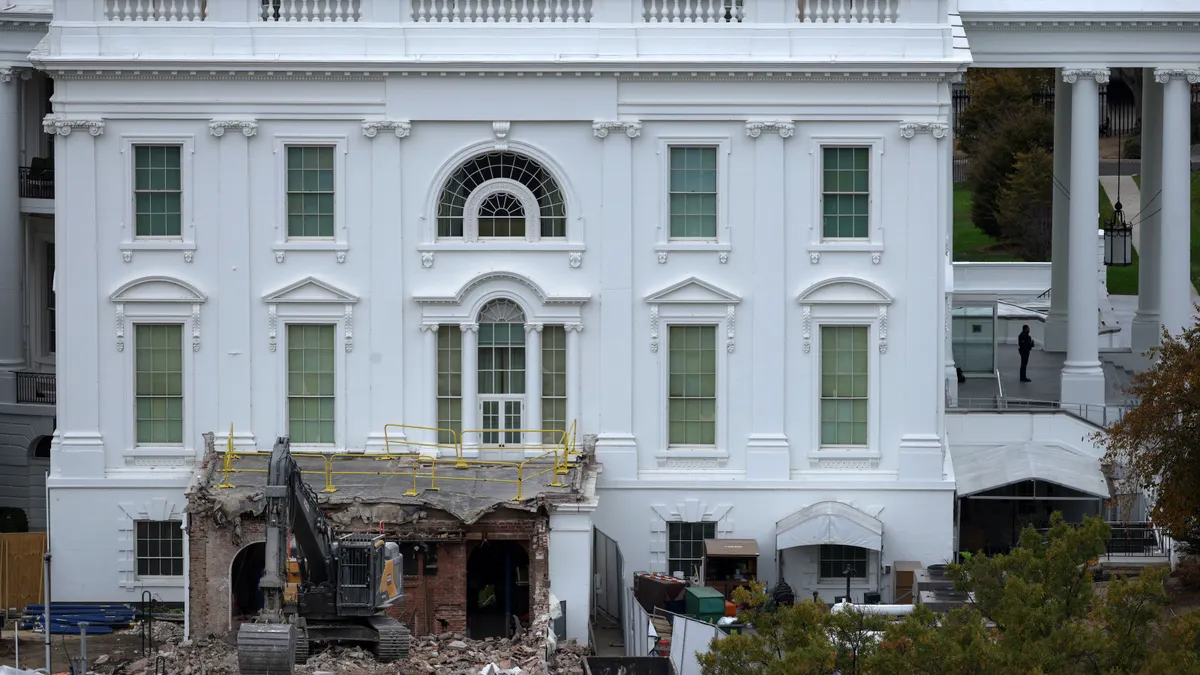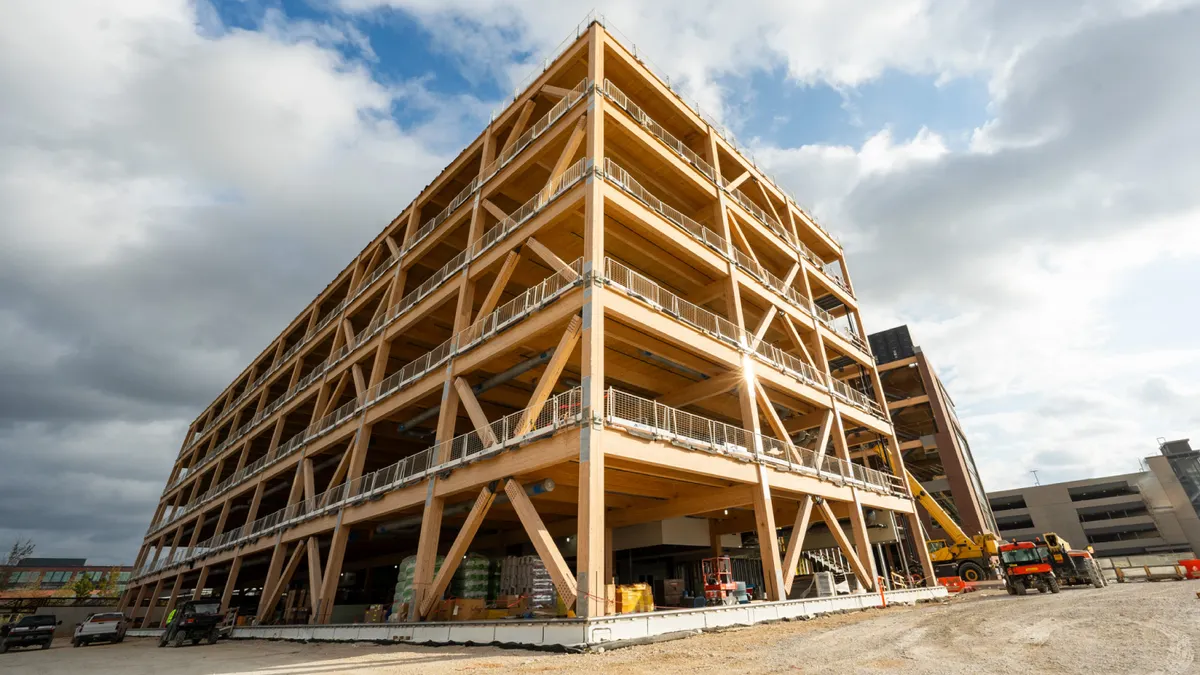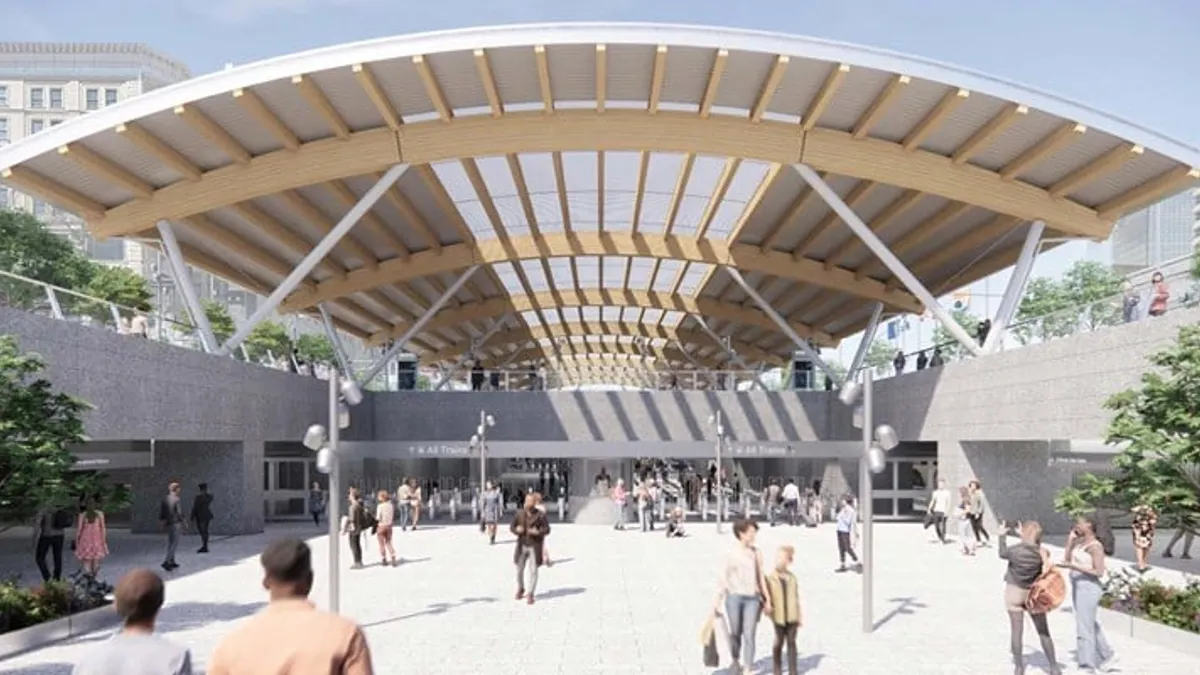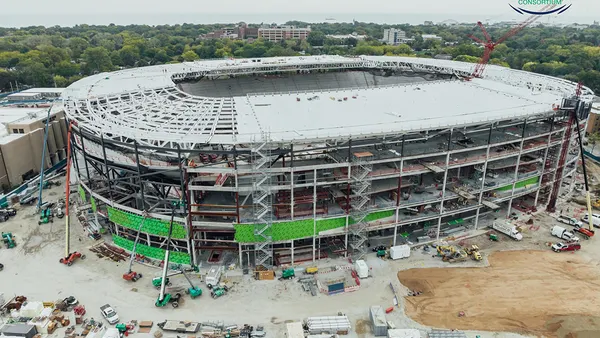Over the past century, athletic events have become a central part of the American identity.
Though U.S. sports have expanded and diversified over the years with the help of international influence, a number of them have risen to become the big moneymakers we know today. The NFL generated roughly $14 billion in revenue during the 2016-17 season, according to the Sports Business Journal — nearly a $1 million jump from 2015.
Major League Baseball (MLB) revenue approached $10 billion in 2016. While the numbers are not yet in for the 2017 season, league officials expect its figures to surpass the $10 billion mark.
The earnings that these and other professional sports leagues rake in each season speaks to the well-oiled business machines they are. But they are also testament to the viewership they are able to capture, both at home and in the stands, and the ways professional leagues are able to capitalize on those fandoms through advertising and merchandise licensing fees.
A new big league giant emerges
Soccer, a former outlier in the mainstream U.S. professional sports space, is gaining new popularity among a growing crowd of fans. Recent years have been marked by the construction and planning of new soccer-specific venues while facing stiff competition for a coveted Major League Soccer (MLS) franchise slot.
One key reason for this shift stems from the prevalence of youth soccer since the 1980s. According to a May 2015 report from The Wall Street Journal, youth participation in baseball dropped 40% between 2000 and 2013.
Soccer, along with most other sports also saw a decline in participation. But, in total numbers, the sport outshined little league baseball participation, once an undisputed American rite of passage, by 1.6 million in 2013.
Part of the rise in popularity could also be attributed to a growing number of immigrants coming to the U.S. As the world's most popular sport, it comes as little surprise that those coming from countries with a with a national soccer presence would bring their team's support with them.
A new push for soccer-specific stadiums, too, has created a place for fans to become closer to the game and provided an opportunity for construction industry players, from general contractors to architects, looking to diversify their stadium repertoire.
According to Len Moser, vice president at Barton Malow Company, that shift is encouraging. Moser's firm has been the construction manager for the Orlando City Soccer stadium and a number of other U.S. sports venues.
Moser said the enthusiasm for soccer in the construction industry has been building, but MLS expansion plans have ramped that up a notch. "That’s just added more fuel to the fire about the opportunities," he said.
The rise of the soccer-specific stadium
Many of the cities vying for the next available franchises, Moser said, are places where Barton Malow has offices. And, according to Moser, the firm's experience, as well as the relationships it has developed in the sports world, put Barton Malow on a solid foundation to secure new stadium work. The drive for more stadiums has only been bolstered by the MLS' publicized preference for potential franchisees to build soccer-specific stadiums.
Moser said there are various design considerations that go into making a venue the perfect place for a professional soccer game and its fans — though he wouldn't use the term "fan."
"Soccer fans are not fans," he said. "They're supporters." "Supporters" bring drums, banners and smoke bombs, all the while chanting and cheering on the team, mostly on their feet. To accommodate them, Orlando City was designed with a standing-only section at the north end of the pitch. "Orlando is the first one to do that … but that’s where things are heading. Other teams are looking at it," he said.
To address safety concerns, Moser said, the entire standing area is divided into smaller sections so that an over-enthusiastic sea of people can't swarm and possibly injure those in front of them.
Another soccer-specific feature, he said, is the size of the sideline space. In a football stadium, the sideline area is wide to accommodate players, coaches, training tables, support staff and camera crews, which puts the first row of seats far away from the action. In a stadium designed for soccer, that first row of seats is brought right up to the team bench, creating a more intimate feel.
Soccer venues are also designed to ratchet up the noise. A cantilevered roof overhang, Moser said, captures the sound, which helps maintain the excitement for those in attendance. "It’s imposing," he said. "You're right on top of the opposing goalie."
Even the aluminum seating, such as that at Orlando City, was specifically chosen to complement how fans were intended to interact with and experience the stadium at a fever-pitch, surrounded by its reverberations.
A 21st century upgrade
But in today's digital age, no public gathering place is complete without the ability for attendees to call, text or connect to the internet during the game.
Considering many stadiums feature at least 20,000 to 30,000 seats, that means planning for capacity as well as coverage, said Seri Yoon, marketing director for ADRF Technologies.
According to Yoon, only Distributed Antenna Systems (DAS) can meet those requirements. Those systems allow multiple carriers to service their customers while they're inside the stadium, alleviating stress on the wireless networks thousands of people are trying to access simultaneously.
DAS also enable the system to be used for device-agnostic public safety or emergency announcements to those inside the venue. Companies like ADRF that provide DAS are usually included early in and throughout the design process, Yoon said, to intercede when it's apparent that some aspect of the stadium design will interfere with wireless or mobile cell signals before game day arrives.
A new challenger
But soccer isn't the only potential game changer on the horizon — cricket is also starting to gain a U.S. presence.
In July, Jignesh "Jay" Pandya, chairman and CEO of Global Sports Ventures, announced the company would team up with real estate firm JLL's sports and entertainment business to develop $2.4 billion worth of professional cricket stadiums from California to Washington, DC.
JLL estimates put each stadium at a price tag between $70 million and $125 million. Those stadiums would see another $80 million to $100 million mixed-use component added to each venue, including hotels; retail, residential, office and entertainment space; and a clubhouse.
Pandya believes that the growing U.S. population, particularly those in cities with a high population from South Asian countries — where cricket is extremely popular — will be enough to support the initiative, according to Don Loudermilk, senior vice president and national director of sports at JLL.
Loudermilk said Pandya has charted a course similar to soccer's.
"Part of [Pandya’s] business plan starts with youth cricket leagues and develops in the same way that soccer did," Loudermilk said. "It's a proven business plan to get kids wanting to see it." And the parents will follow.
Building a new contender
Loudermilk said the cricket playing area is similar to the size of a baseball diamond with the pitcher similarly situated at dead center. The challenge, then, will be to create the intimacy of other sports venues with an audience at a greater distance from the center of the action.
Construction itself, Loudermilk said, shouldn't be a big adjustment for contractors. The challenge comes, he said, in making the other features — like social clubs and other sports facilities for games like racquetball and squash — a big enough draw to bring in those unfamiliar with cricket and inspire them to hang around for a match.
One thing fans won’t likely see as part of a cricket stadium is a seatless section, similar to where soccer supporters are encouraged to become part of the game-day spectacle. "Cricket is a little milder than that," Loudermilk said.



















